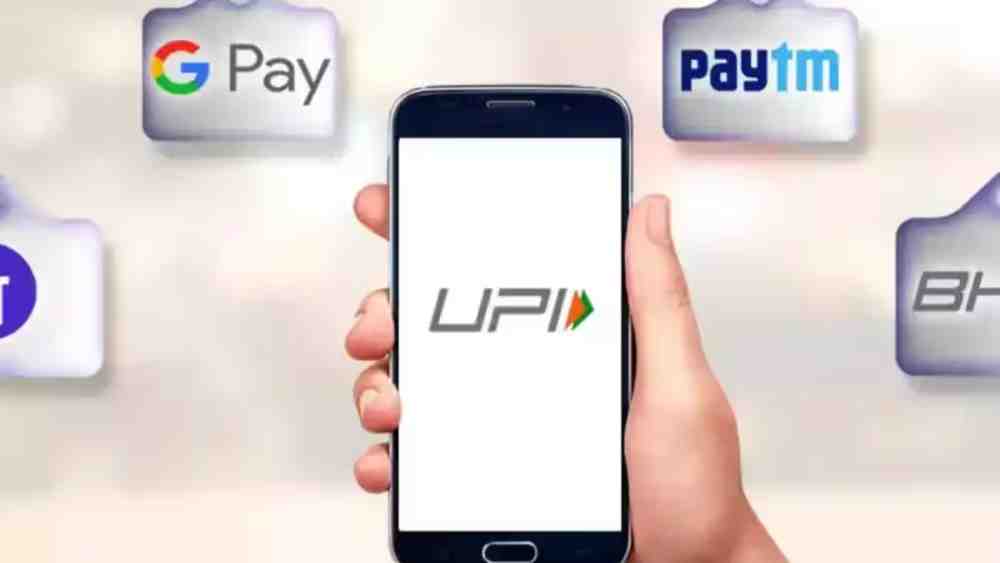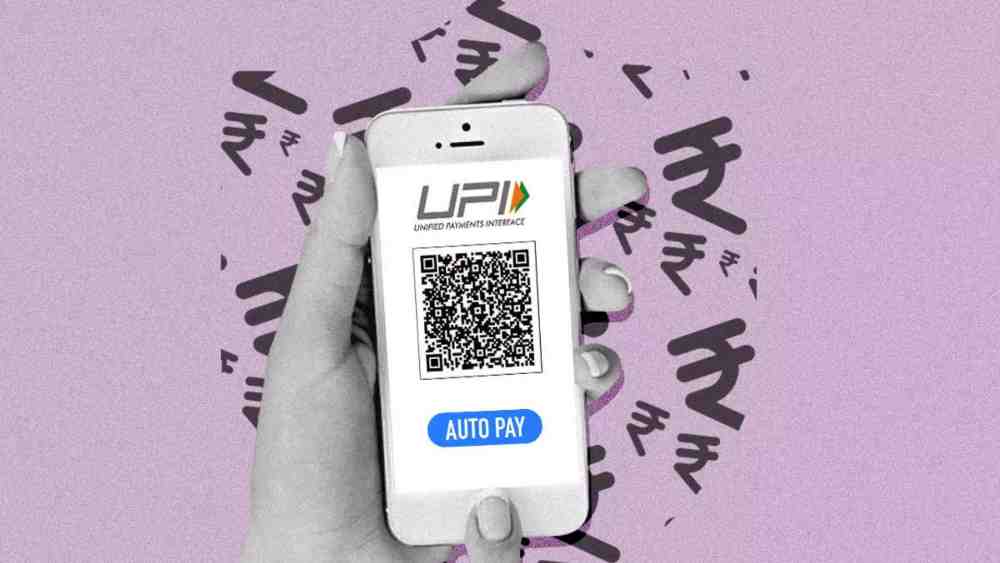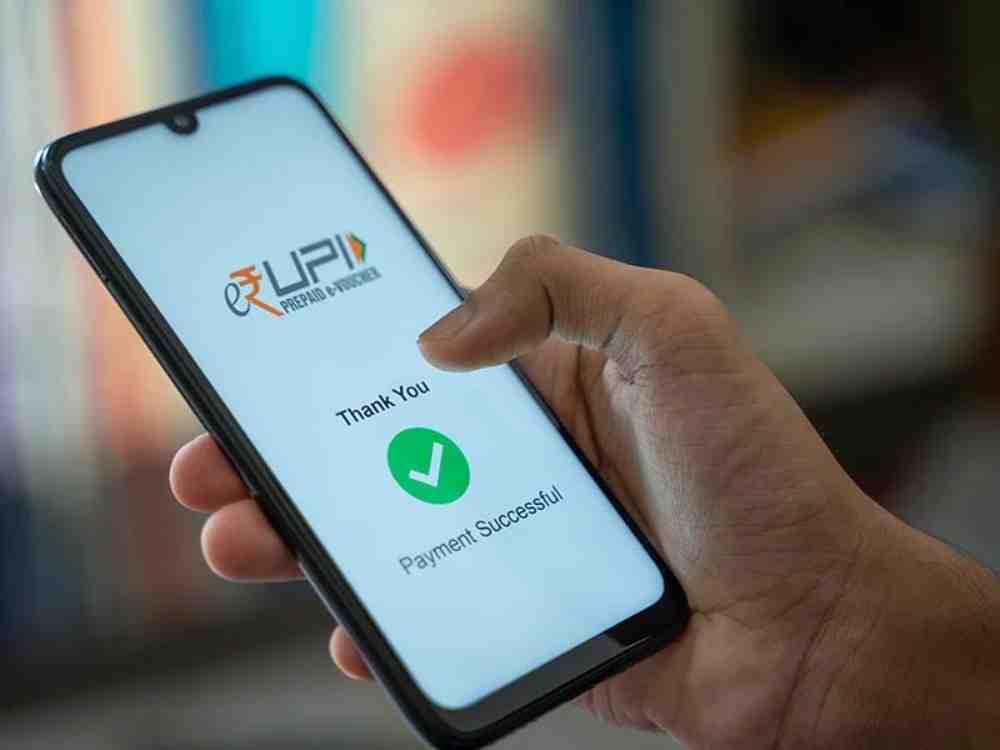UPI Now, Pay Later: A Revolution in Digital Payments
In a groundbreaking move, the Reserve Bank of India (RBI) has recently opened the doors to a new era of digital payments. The introduction of a “UPI Now, Pay Later” feature allows individuals to conduct Unified Payments Interface (UPI) transactions even when their bank accounts lack sufficient funds. This article delves into the details of this innovative development, its implications, and how it is poised to change the landscape of digital finance.
The RBI’s Game-Changing Initiative

The RBI’s recent initiative empowers individuals to utilize pre-sanctioned credit lines offered by banks through the UPI network. This credit line, essentially an overdraft facility, enables users to make payments using UPI even when their account balances fall short. This development aims to enhance financial inclusivity and convenience for UPI users.
Exploring the Pre-Approved Credit Line
A pre-approved credit line is akin to an overdraft facility extended by banks to their customers. The process is straightforward. Banks seek consent from customers to establish a credit line with a predefined spending limit. Once approved, users can utilize this sanctioned amount for UPI transactions. It’s worth noting that some banks impose interest charges on the borrowed amount, while others offer a credit-free period during which no interest accrues if the borrowed sum is repaid promptly. This “buy now, pay later” concept is reminiscent of credit cards but with a more accessible and user-friendly approach.
Leading the Charge: HDFC and ICICI Banks
HDFC Bank and ICICI Bank have already taken the plunge into this exciting realm by launching their respective offerings: HDFC UPI Now Pay Later and ICICI PayLater. These services come with unique features and terms.

HDFC Bank requires a one-time processing fee of Rs 149 to activate the UPI Now Pay Later service. Users are provided with a designated account linked to their debit card, which must then be linked to their preferred UPI application.
ICICI Bank, on the other hand, issues a dedicated UPI ID for each PayLater account. While there is no activation charge, a service fee is applicable when users exceed their specified spending limit.
Both banks provide a credit limit of up to Rs 50,000 per user, subject to eligibility criteria that consider income, spending patterns, and credit history.
Usage Restrictions and Future Prospects
Currently, UPI credit lines primarily facilitate payments to merchants, and peer-to-peer transactions are not permitted. However, as the RBI paves the way for further innovation, it is expected that these restrictions may be relaxed in the future.
Understanding Interest Rates and Charges
The cost associated with using a pre-sanctioned credit limit on UPI varies among banks. HDFC Bank charges simple interest on the borrowed amount, calculated based on the number of days the funds are utilized. This interest is debited from the user’s pay-later account at the end of each month.

ICICI Bank, on the other hand, offers an instant digital credit facility for up to 45 days, with a service charge of Rs 75 and taxes applicable for every Rs 3,000 spent in a month from the PayLater account.
How UPI Credit Lines Differ from Credit Cards
While UPI credit lines and credit cards share similarities, they cater to different segments of the population. Credit card applications typically require extensive documentation, limiting access to formal income earners. UPI credit lines, in contrast, offer a more accessible option, allowing users to apply with basic personal account verification.
Unlocking Financial Opportunities
The introduction of UPI credit lines has far-reaching implications. Small business owners and individuals can leverage these facilities to manage working capital effectively. For example, a shopkeeper can utilize a pre-approved credit line to purchase inventory through UPI, paying it back after goods are sold, thus avoiding high-interest working capital loans.
Expanding the User Base
This initiative also broadens the user base for digital payments, as most banks in India issue credit cards primarily to salaried individuals. Now, limit-based credit on UPI opens doors for a more extensive range of users.
A New Frontier for Banks

Traditionally, the “buy now, pay later” sector has been the domain of fintech companies and non-banking financial institutions. However, this move provides traditional banks with an opportunity to enter this burgeoning arena.
The “UPI Now, Pay Later” feature introduced by the RBI is poised to reshape the landscape of digital payments in India. By enabling individuals to transact even with insufficient funds, it promotes financial inclusivity and convenience. HDFC and ICICI Banks have already taken the lead, and as more banks join the fray, this innovative approach promises to revolutionize the way we handle digital finance.
